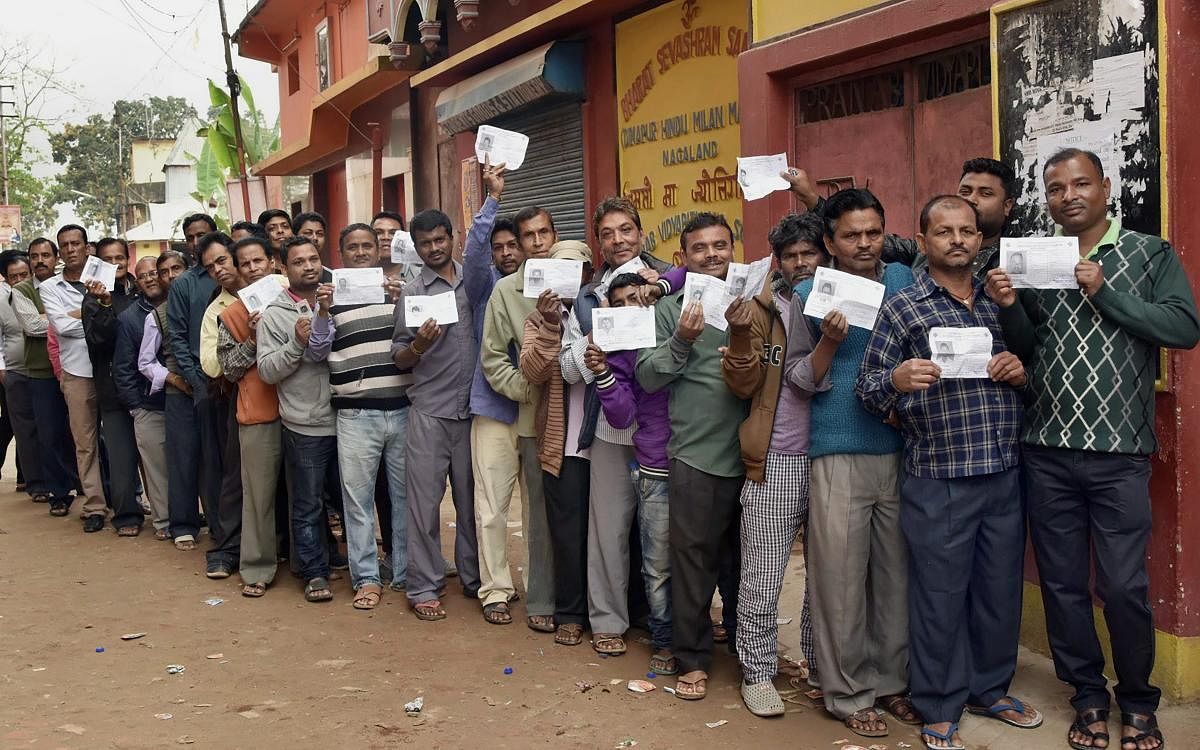
A peace agreement between the Government of India and the National Socialist Council of Nagaland-Isak Muivah (NSCN-IM), which has been elusive for decades, appears to be within reach at last. According to a statement made recently by the Centre’s Special Interlocutor on the Naga talks R N Ravi to the Parliamentary Standing Committee on Home Affairs, the NSCN-IM has agreed to settle the conflict without redrawing borders in the Northeast. The NSCN-IM is thus understood to have dropped its demand for merger of Naga-inhabited areas in the neighbouring states of Assam, Arunachal Pradesh and Manipur with Nagaland. In return, the Centre has agreed to make “some special arrangements” for Naga populations, “wherever they are”. Both sides have done well to show flexibility in their positions. Hitherto, the NSCN-IM was intransigent on its merger demand. It insisted on the creation of a Greater Nagaland or ‘Nagalim’, which would include not only Nagaland but also Naga-inhabited areas in the three neighbouring states. Conceding this demand was hugely problematic for the Centre as it would involve a redrawing of boundaries in the already restive and insurgency-wracked Northeast. Since it required Assam, Arunachal and Manipur to cede territory to Nagaland, people of these states were strongly opposed to the Centre conceding the NSCN-IM’s merger demand. Far from being a ‘settlement,’ it would have generated new conflicts and more violence.
With the NSCN-IM dropping the merger demand, an important obstacle in the way of settling the conflict has been removed. However, a few tricky issues remain. Who will sign the agreement on behalf of the Nagas is unclear still. Rather than sign the accord with a single group, the Centre should seal the final deal with an umbrella grouping of Naga political groups, one that includes civil society organisations that have played a stellar role in keeping the ceasefire alive for over two decades. In addition, there are symbolic issues relating to the flag and passport that are still being negotiated. However, with the most challenging obstacle removed, a settlement to the conflict appears to be close at hand.
As the two sides take the final steps towards resolving India’s longest-running conflict —the Naga question predates India’s Independence — they should bear in mind that only an inclusive and transparent settlement is likely to survive. The Centre should therefore avoid clandestine deal-making with any one Naga outfit or grouping. Decades of insurgency, factional fighting and corruption have deprived the Naga people of the fruits of peace and development. The Centre must intensify efforts to finalise the Naga peace accord.